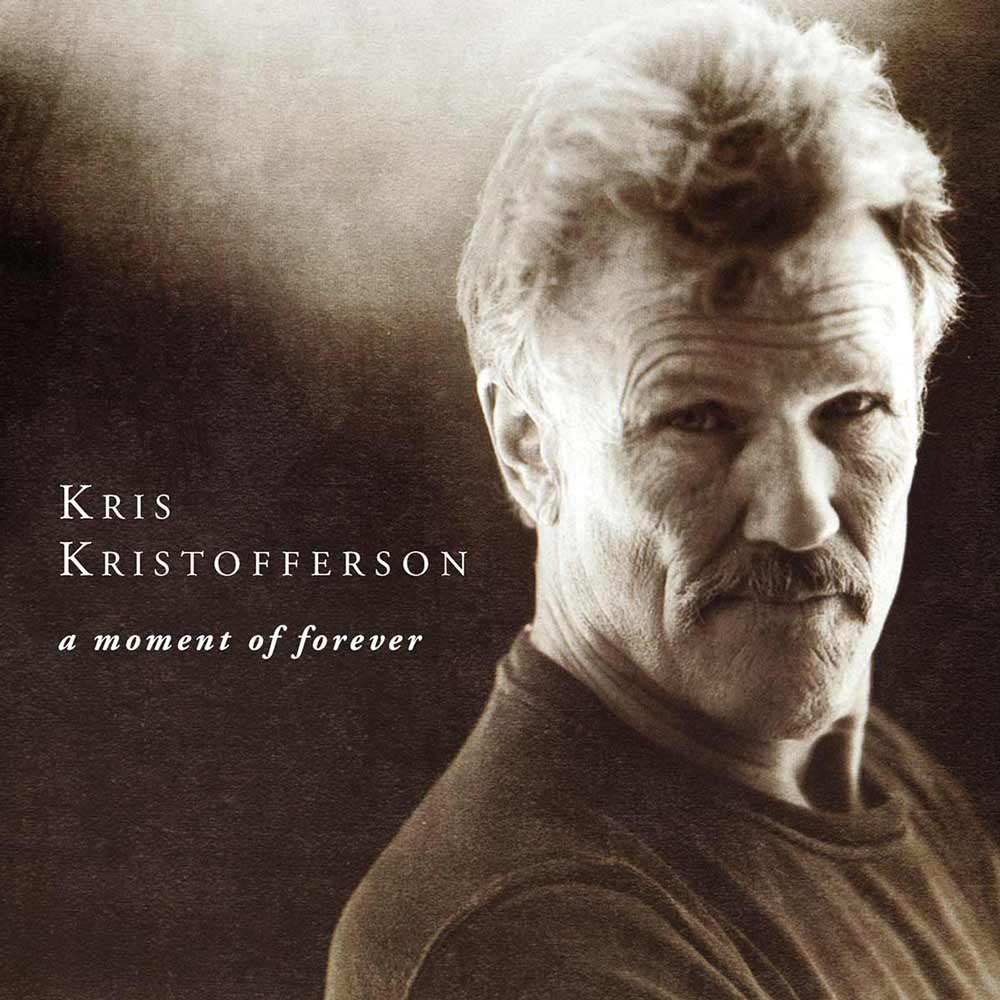
About the Song
Kris Kristofferson’s “Duvalier’s Dream”: A Haunting Ballad of Betrayal and Bitterness
In the tapestry of Kris Kristofferson’s songwriting, few threads are as dark and intricate as “Duvalier’s Dream.” Released in 1970 on his self-titled debut album, this song is a masterclass in storytelling, character study, and the exploration of complex emotions.
Kristofferson, known for his raw honesty and poetic lyricism, paints a vivid portrait of a man named Duvalier, a figure shrouded in disillusionment and cynicism. The song’s opening lines set the tone: “Duvalier was a bitter man who cursed the morning sun / That brought a new betrayal every day.” This isn’t a tale of romantic love gone wrong; it’s a deeper examination of trust broken and hope extinguished.
The song’s narrative unfolds like a classic tragedy. Duvalier, isolated and hardened, encounters a woman whose allure is undeniable. She offers a fleeting respite from his despair, but her motives are ultimately self-serving. The lyrics capture the pain of this realization: “She touched him through the senses that his mind could not control / Then smiling stepped aside and watched him fall.”
“Duvalier’s Dream” is not a song for the faint of heart. It’s a stark exploration of the human capacity for both cruelty and vulnerability. The music, with its sparse arrangement and Kristofferson’s weathered vocals, perfectly complements the lyrical content. The song’s power lies in its unflinching portrayal of life’s darker corners.
For those who appreciate songwriting that delves beneath the surface, “Duvalier’s Dream” is a rewarding listen. It’s a reminder that even in the depths of despair, there’s a certain beauty to be found in the honest expression of pain. As Kristofferson sings, “Oh, it’s hard to keep believing when you know you’ve been deceived.” This sentiment, while melancholic, resonates with a universal truth that many have experienced.
Let me know if you’d like a deeper dive into the song’s historical context or a closer look at Kristofferson’s writing style.